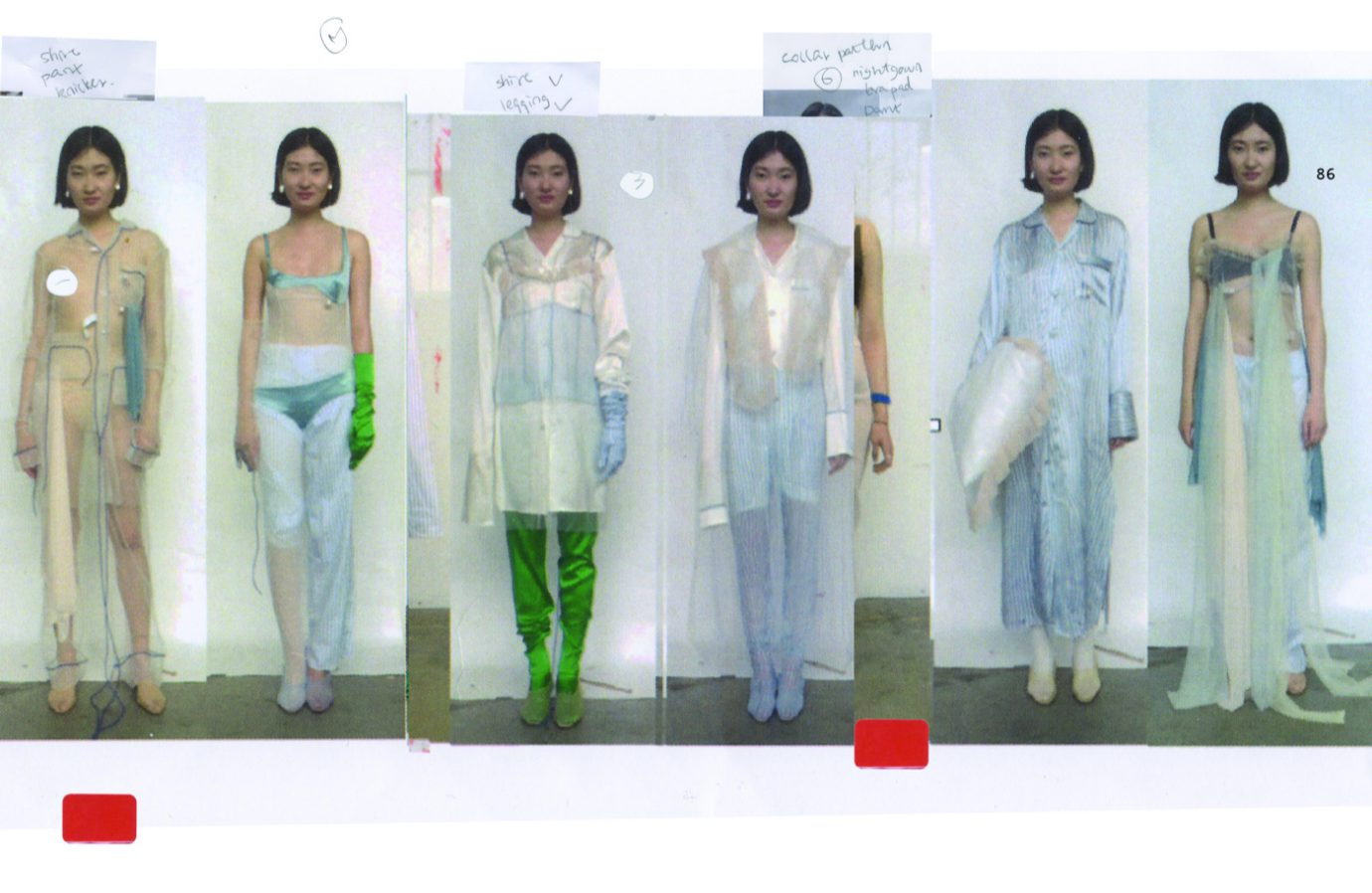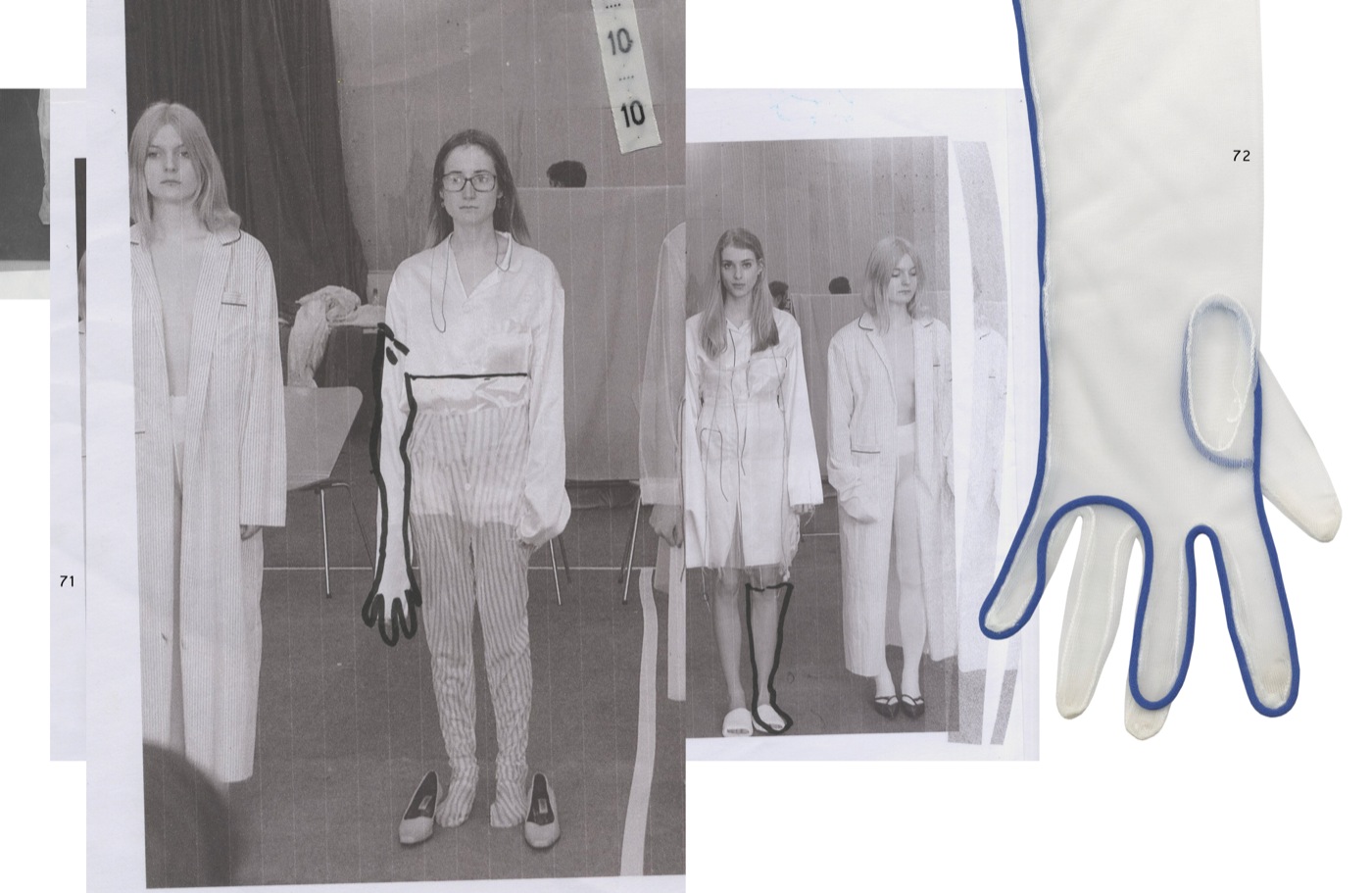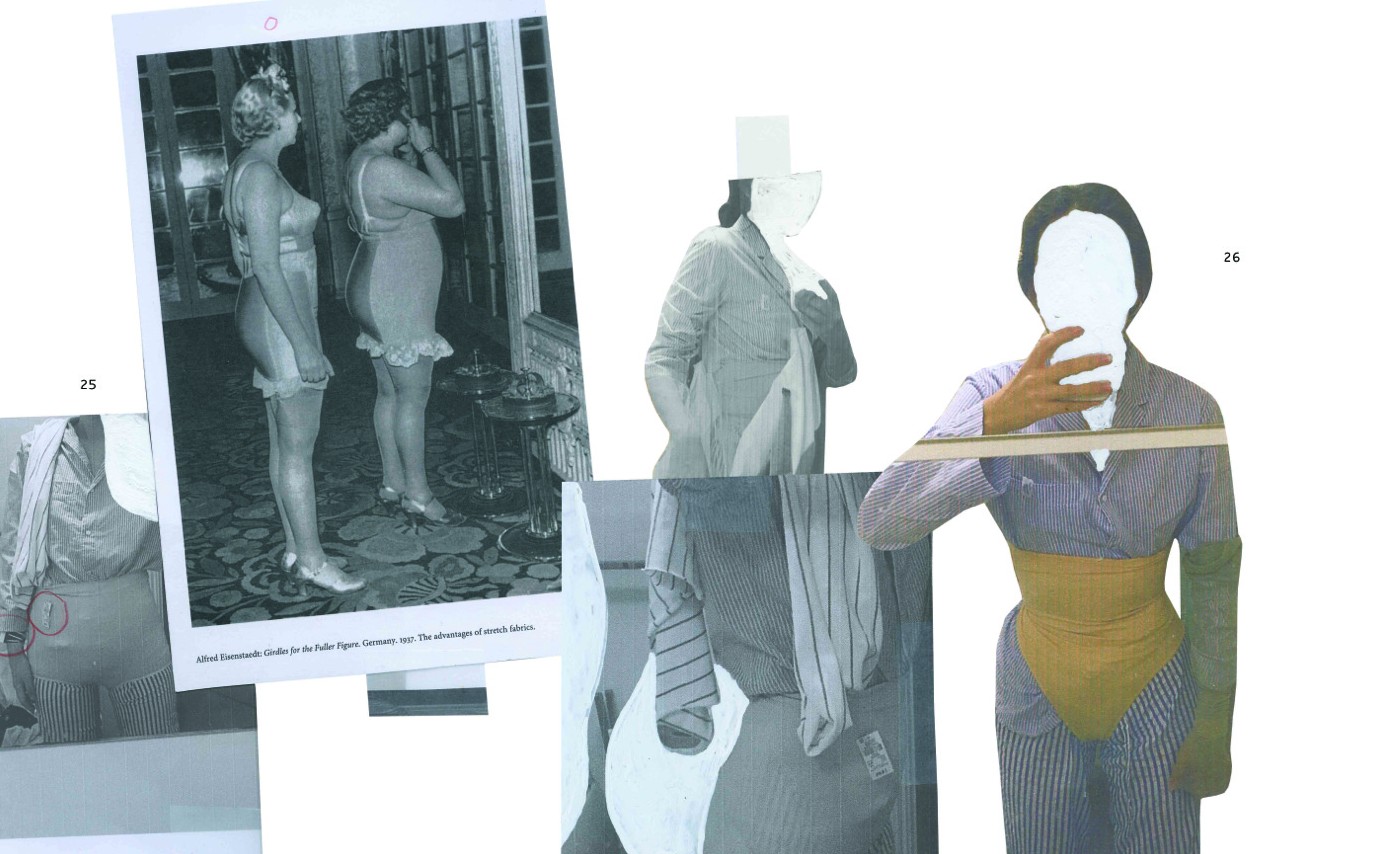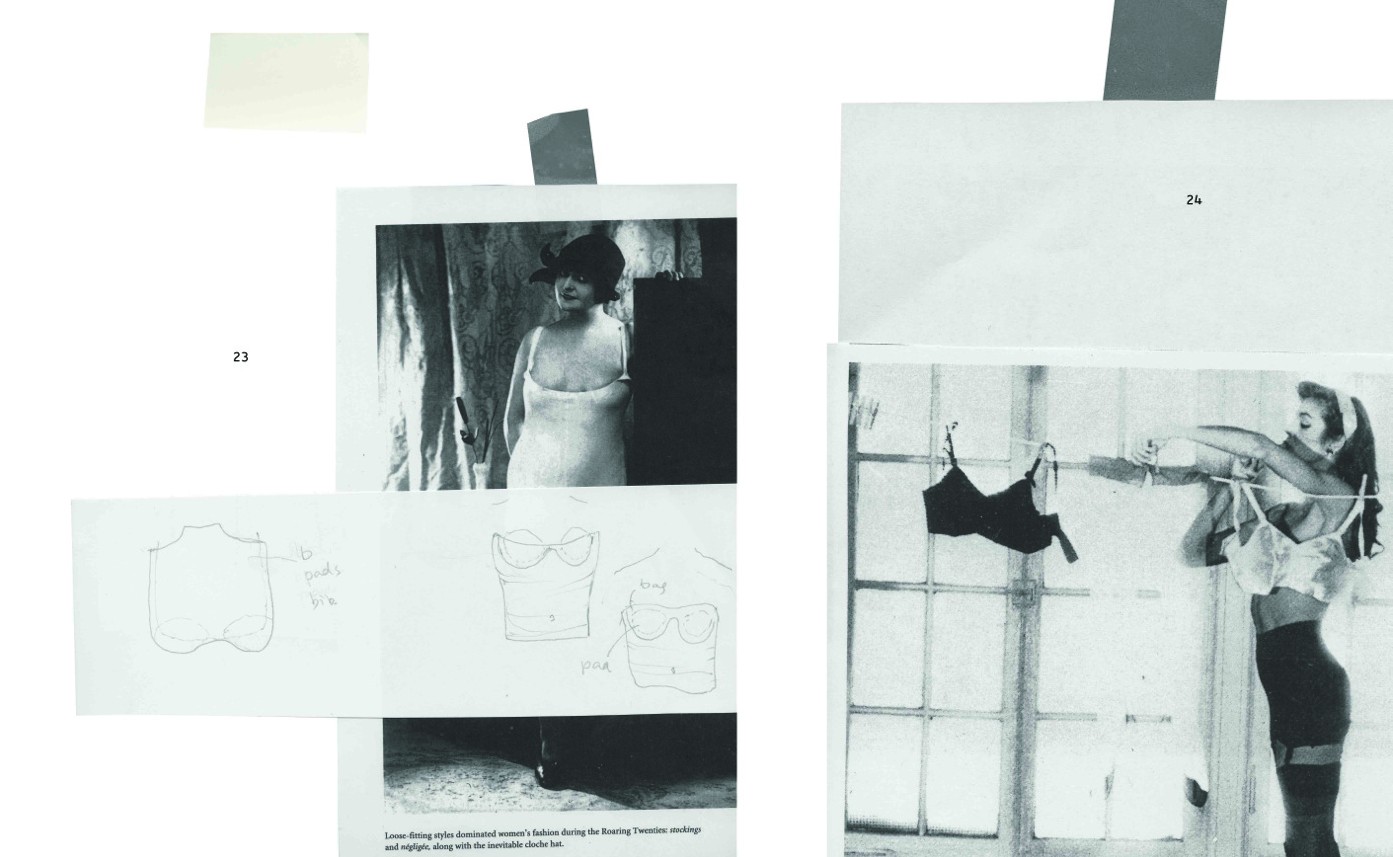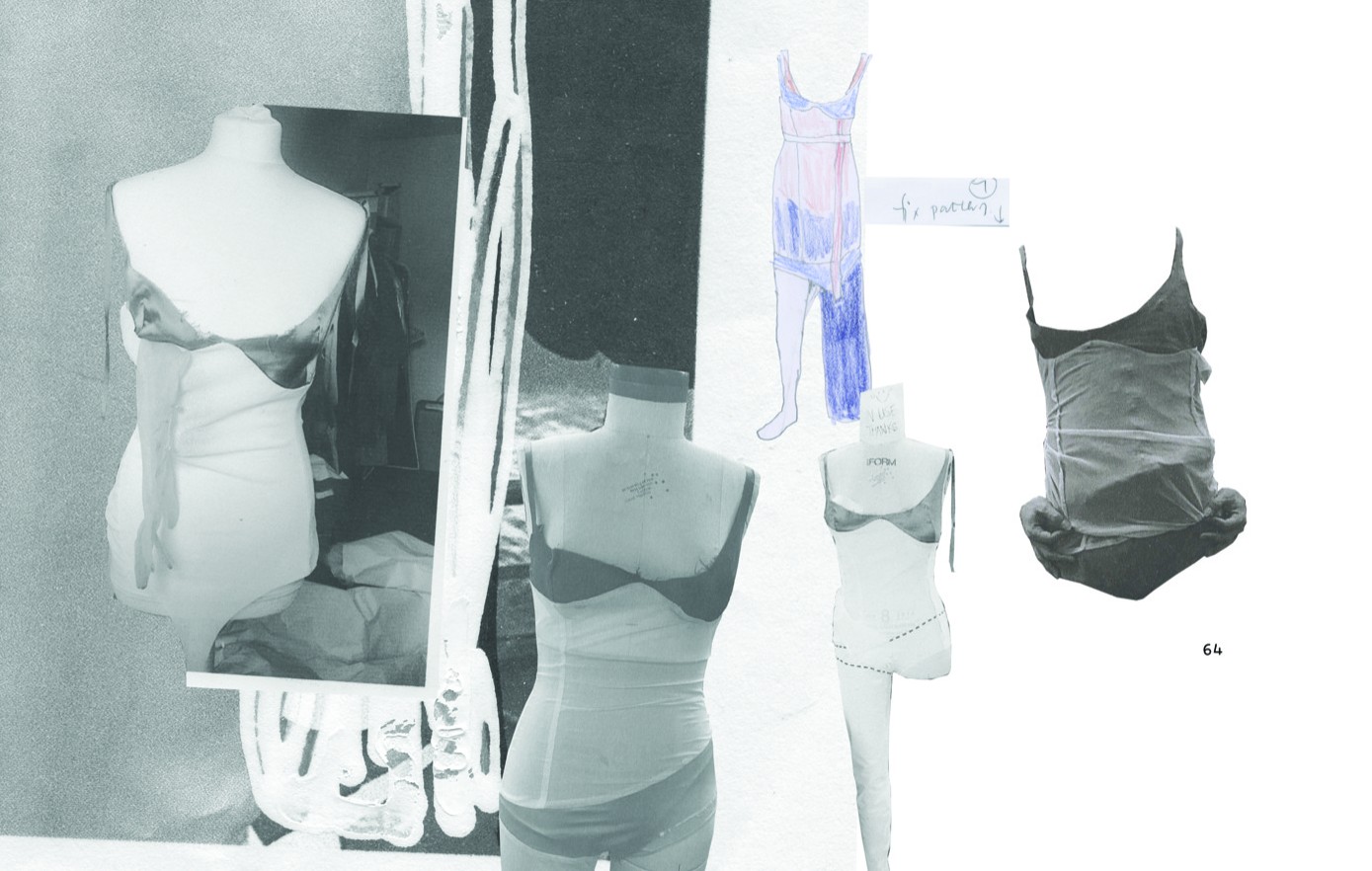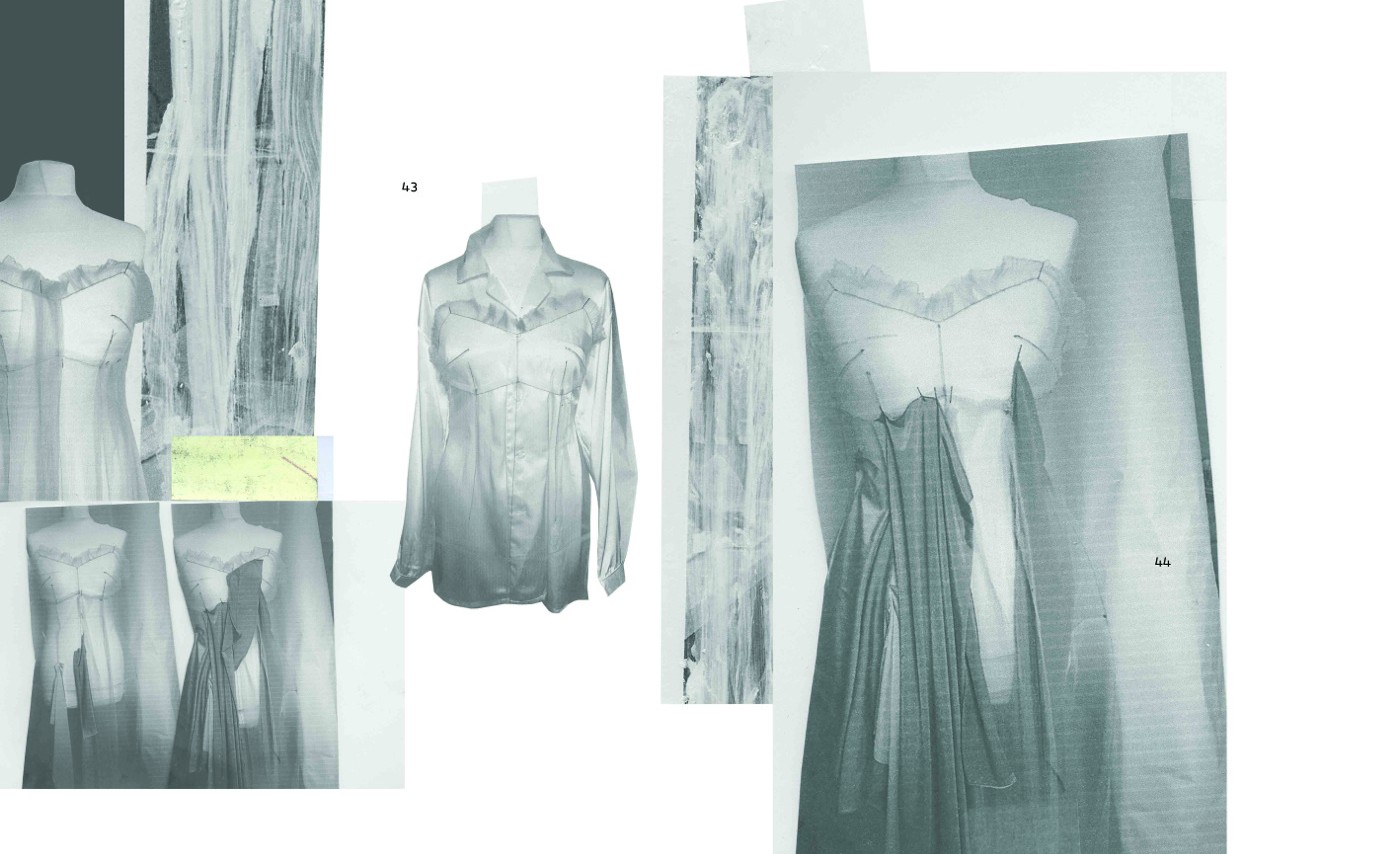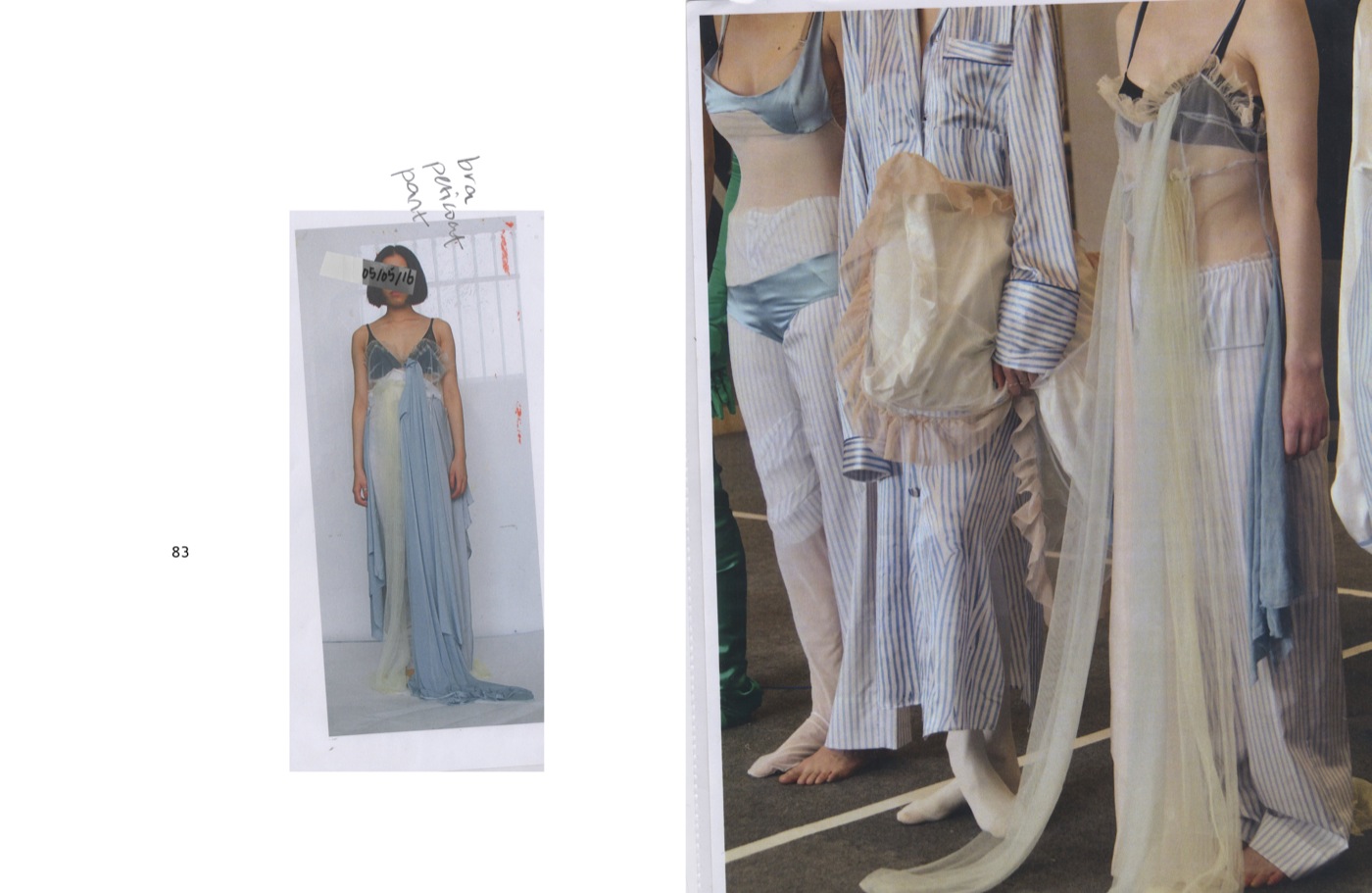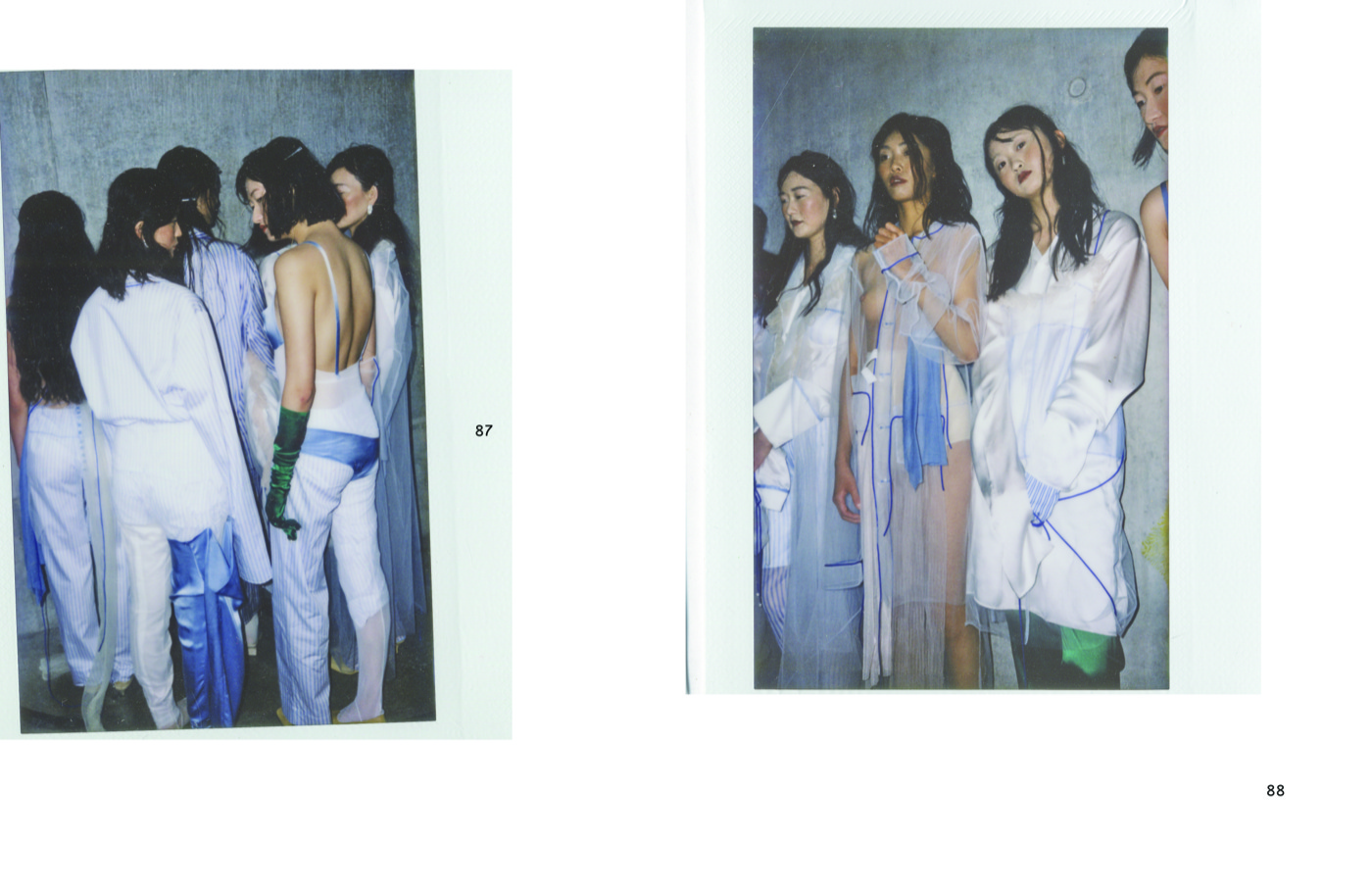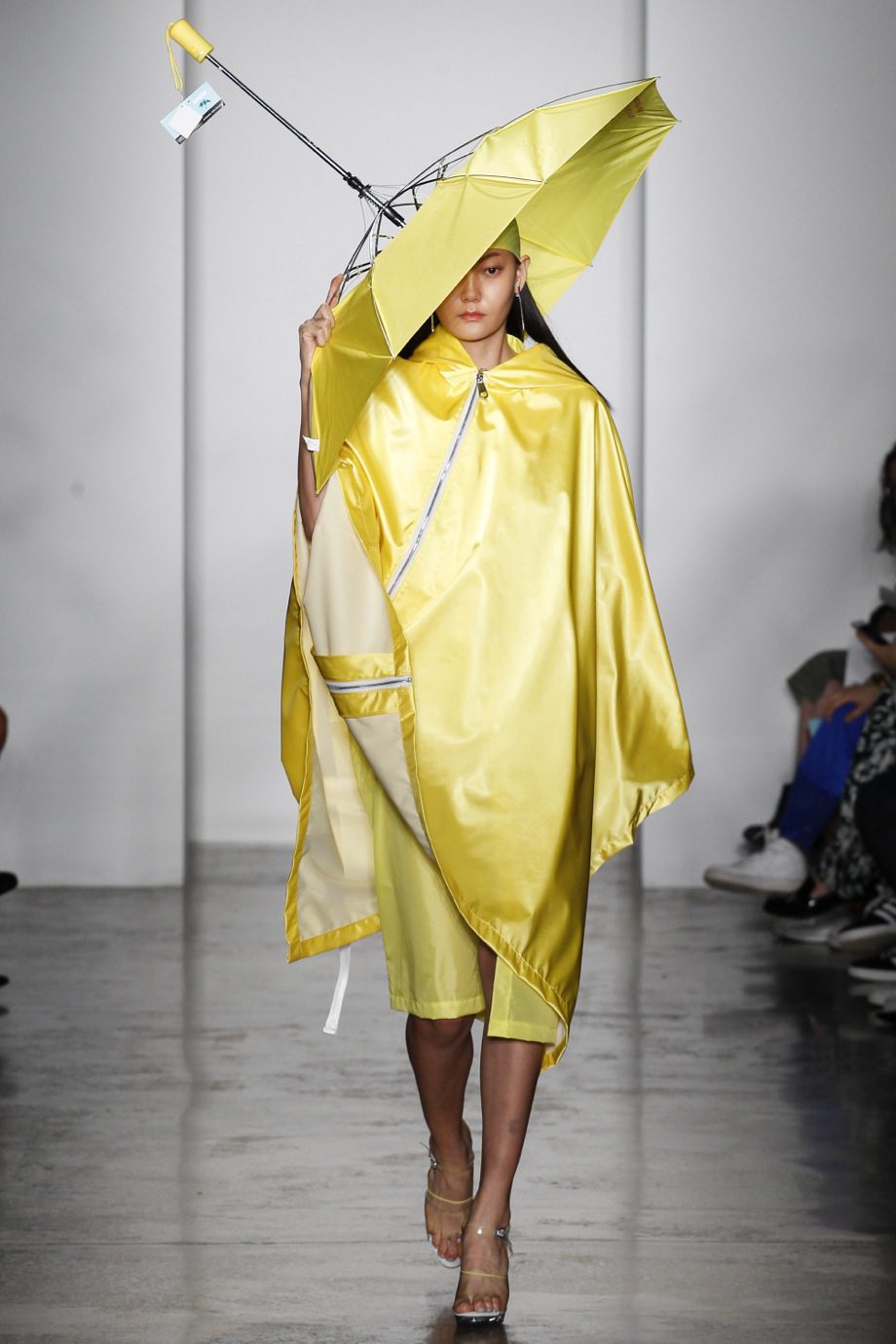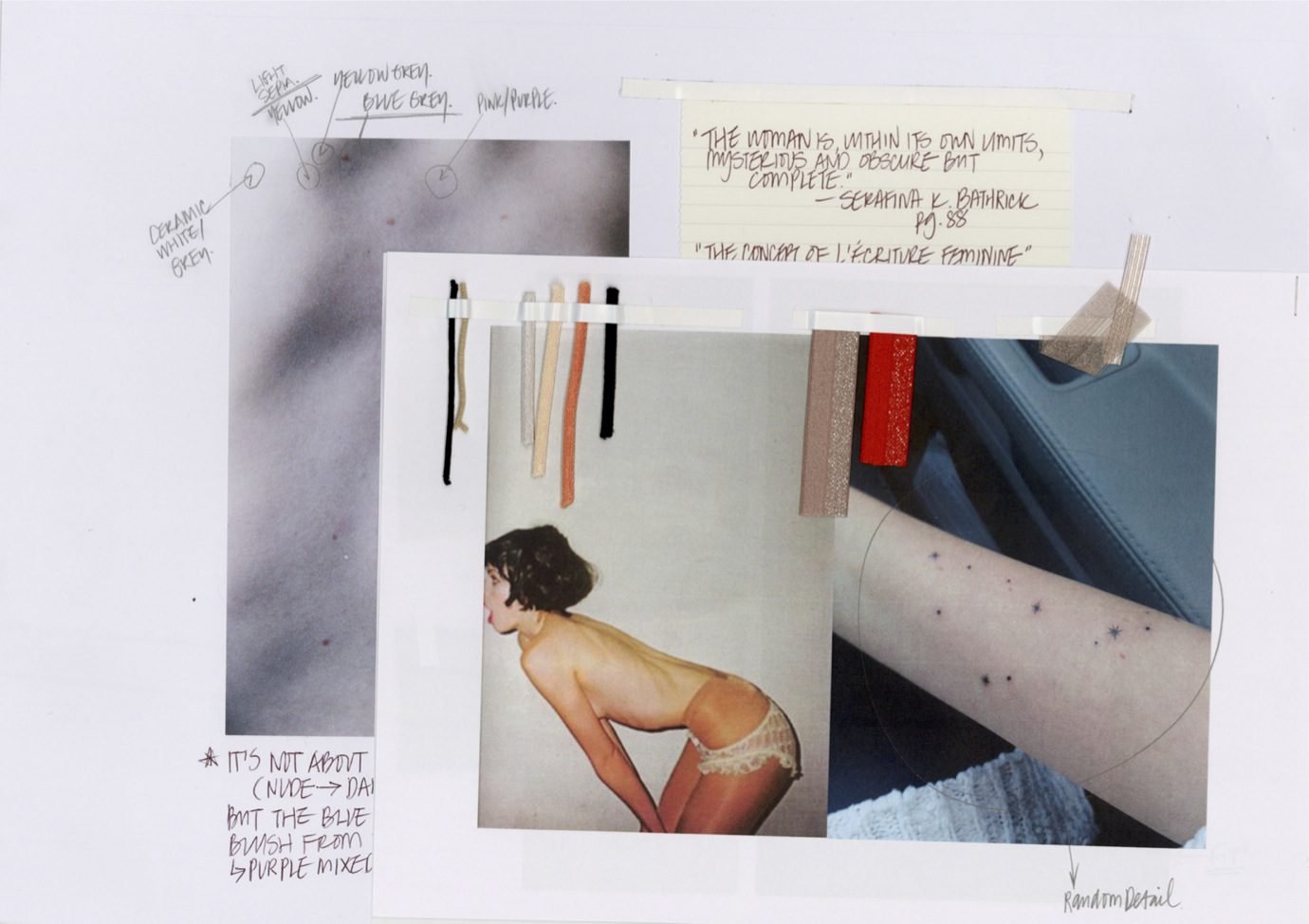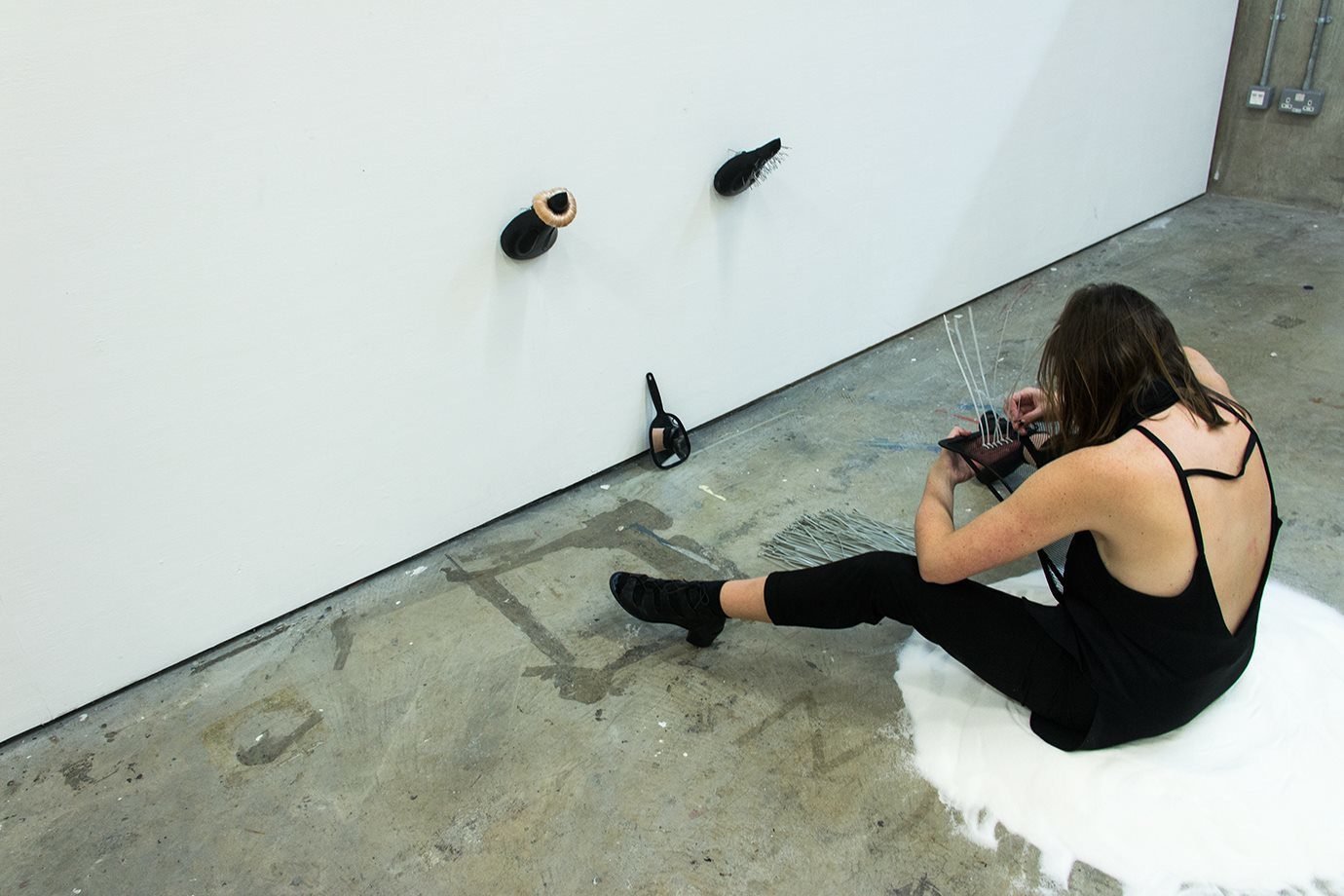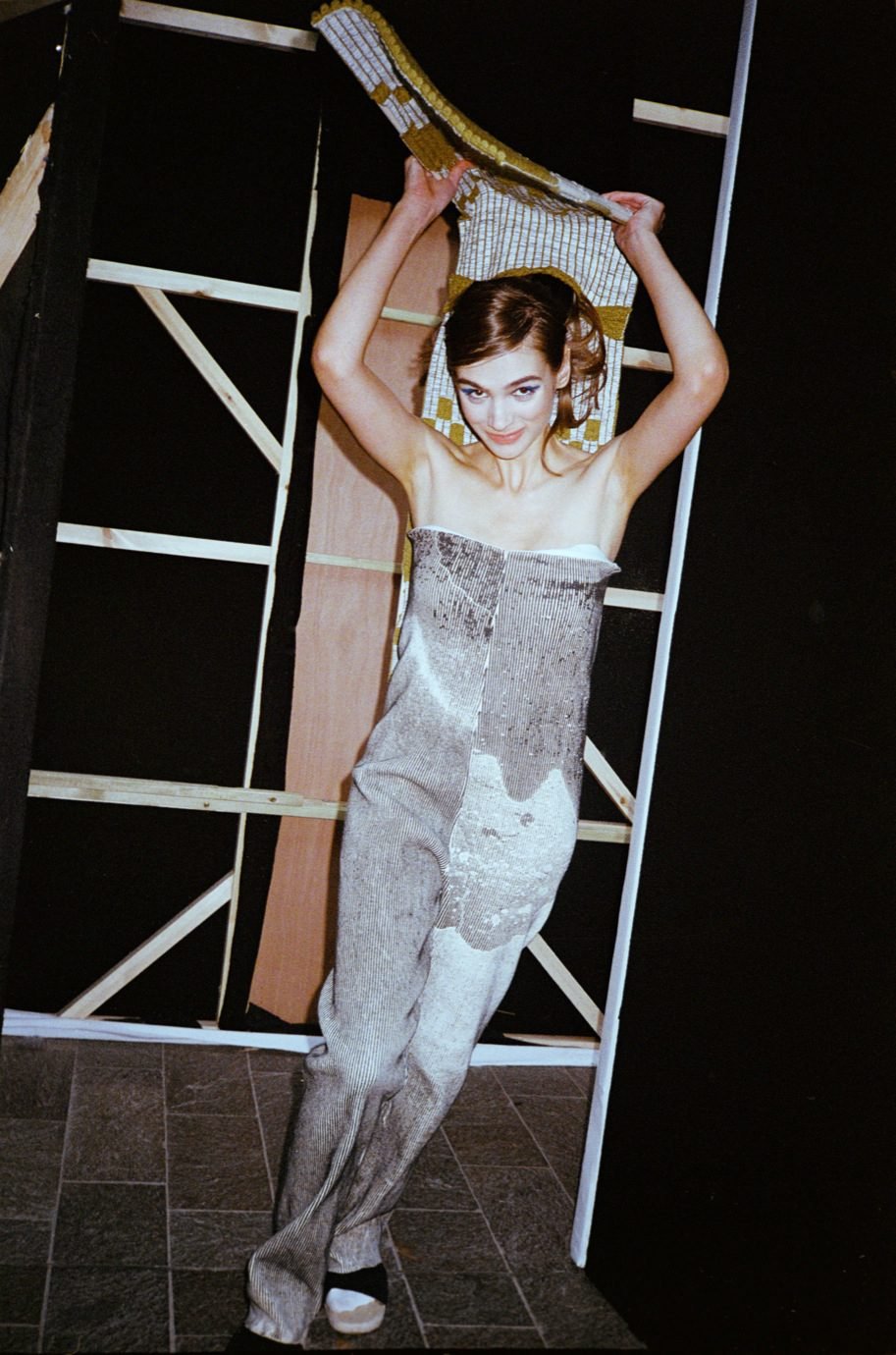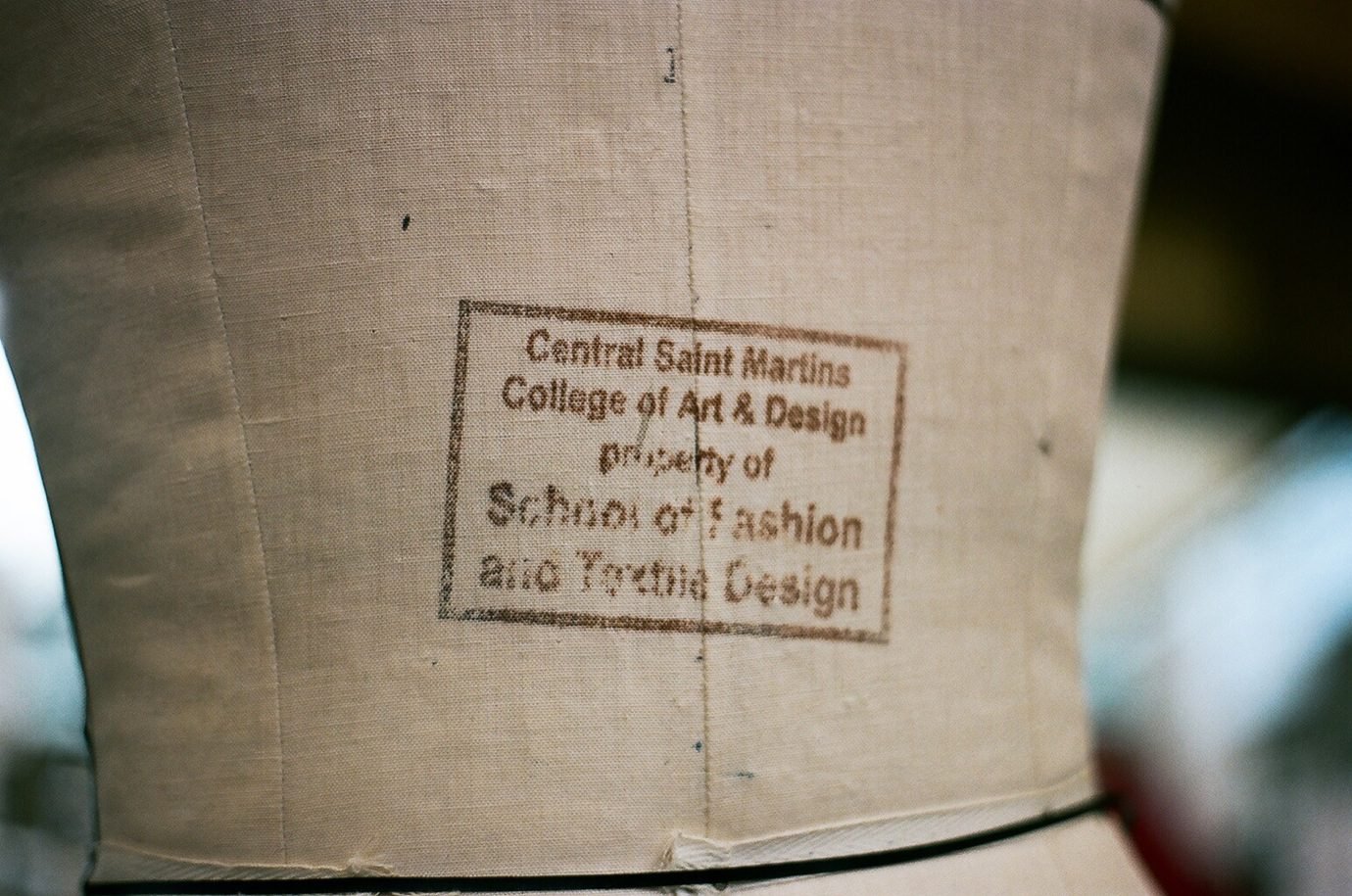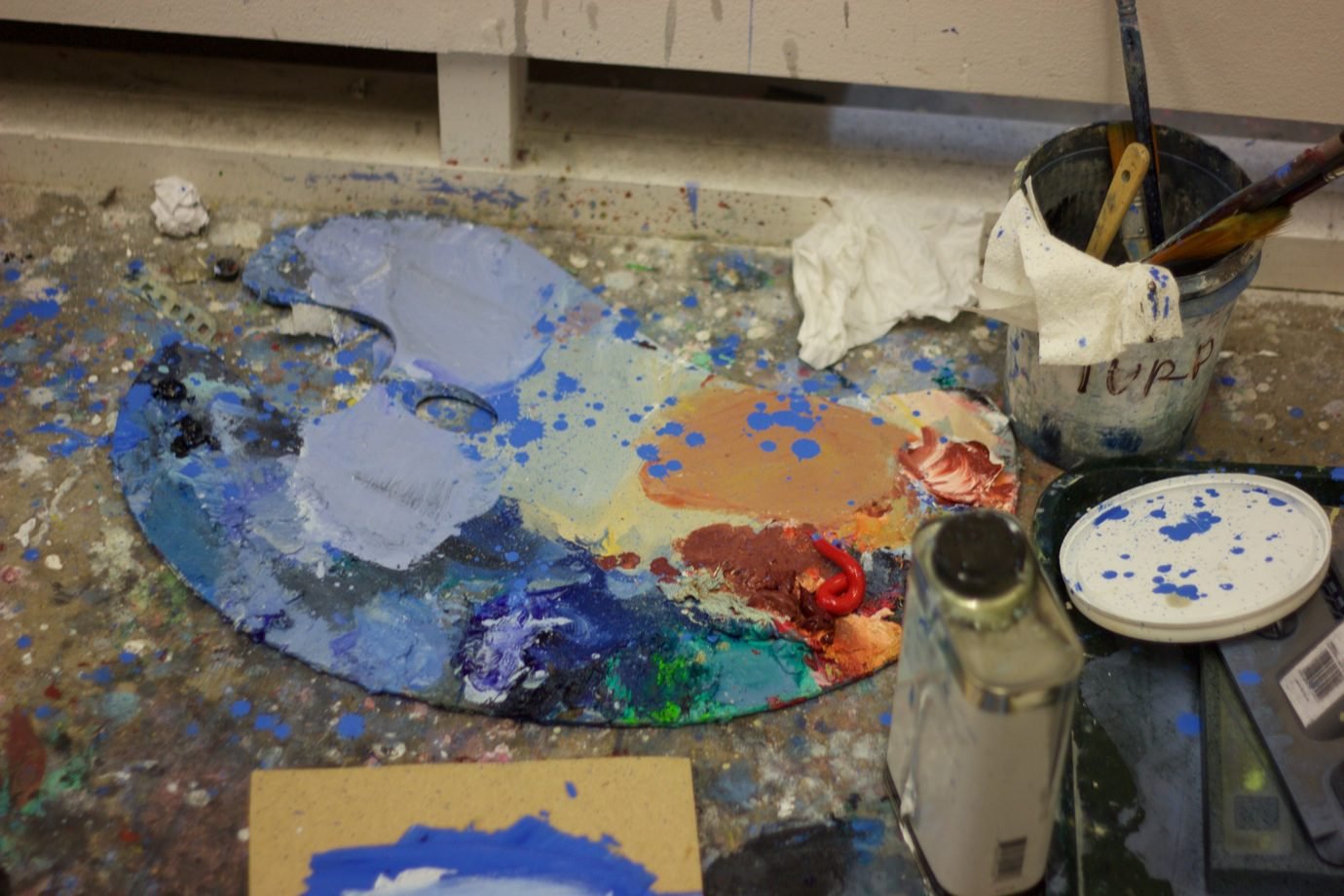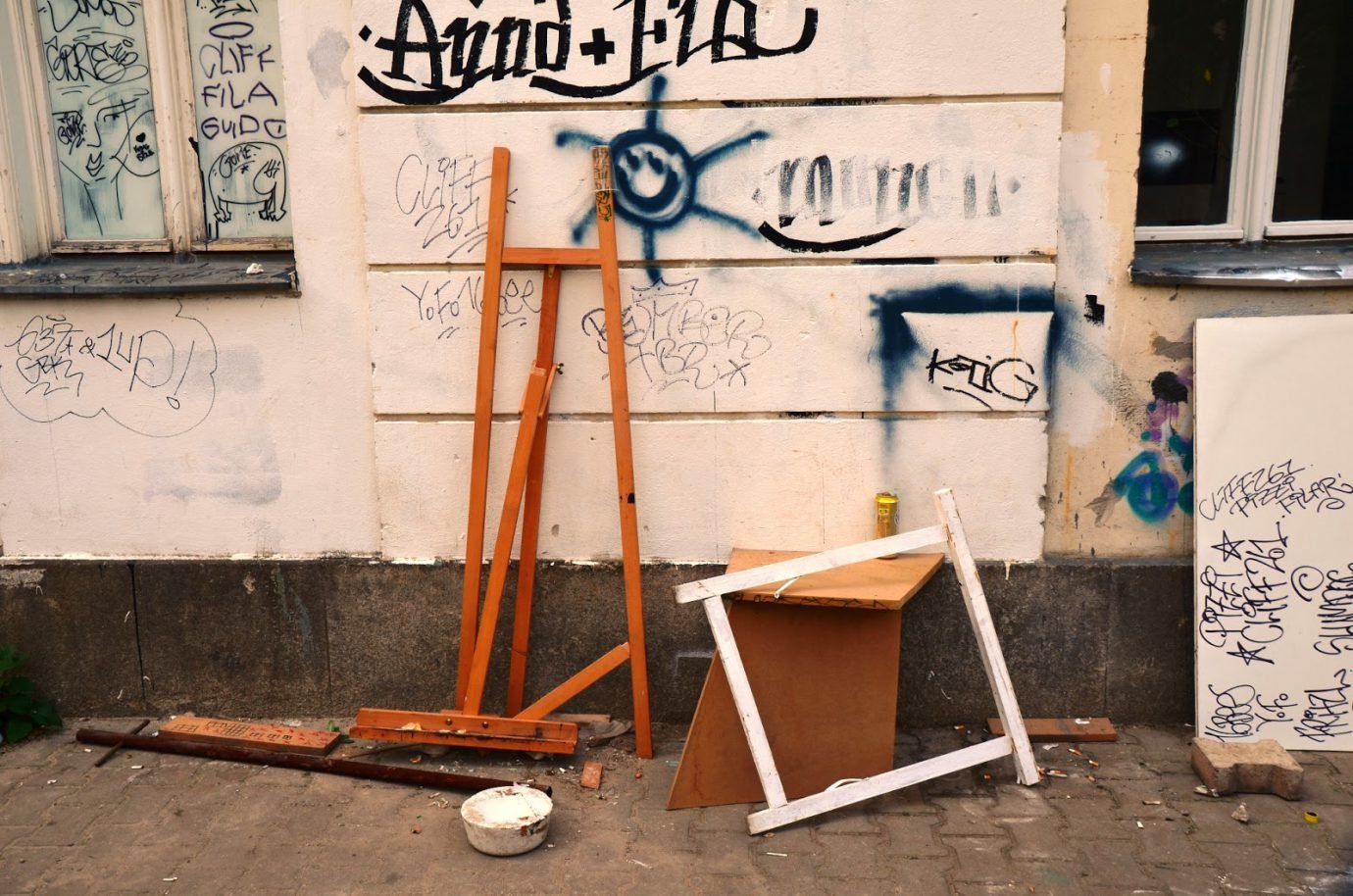“WE THINK THAT WE CAN HIDE OURSELVES WITHIN OUR SHELLS, AND USE THE CLOTHES WE WEAR TO MIMIC SOCIAL NORMS. WE ARE LIKELY TO USE THAT PROTECTIVE COCOON TO MAINTAIN THIS SOCIALLY CONSTRUCTED ‘NORMALITY’ AND TO GET A SENSE OF SAFETY.”
What was the conceptual starting point of your graduate collection?
People nowadays tend to dress alike, with specific unified codes for almost every occasion and time, even though they come from different countries and cultures. They join the parade and catch the trends without focusing on who they actually are below the surface. We think that we can hide ourselves within our shells, and use the clothes we wear to mimic social norms. We are likely to use that protective cocoon to maintain this socially constructed ‘normality’ and to get a sense of safety. However, when vanity turns around, what is real? We squeeze our covers into the washing machines to rinse off everything painful and exhausting, to get rid of that pressure and sadness underneath. Gradually, in the process of losing our self-actualization, we achieve a sense of social identity. In my collection, I’m using laundry as a metaphor to express people’s confusion, insecurity and imagined constraints. This process involves a series of actions: soaking, swinging, squeezing, pressing, drying and folding — the same actions people are forcing upon their identities every day of their lives. After washing our clothes, everything might seem to be as new and fresh as before. But is that really the case? We get a reconstructed identity, consisting of entwined, tied and overlapped clothing. There is a man’s top trapped in a dress, or a woman’s underwear stuck on top of a man’s trousers — which are not the expected norms for the specific gender or person. No guidelines, no defining laws, no restricting views.
How do you create a visual narrative out of an abstract concept? Is it a challenge to translate a very conceptual idea into something practical?
I don’t think it’s a big challenge for me to translate an abstract idea, it depends on how far you really want to go and how much you push yourself along the way. Everyone has their own perception and understanding of the abstract. The difference is the way you choose to express yourself, as the writer writes, painter paints and actor acts. For me, I rely on my imaginations and emotions a lot. Just take a day, let your emotions flow, and even the sound you hear will have pictures. It flickers by very quickly and you can still see it, but maybe not always with your eyes.
Did you face any serious challenges during the development of your collection?
I can’t say it was an easy process. The final year was like no other time, especially since during the first couple of years at CSM, you only have three weeks to complete almost every project you get. In third year you have nearly a full year to think about your final collection. However, you’re always going to be the one making all the hard decisions. At one point I was really confused and didn’t know how to continue. I was unlucky that I had to cancel most looks of my final collection, since there was someone else that showed the same key ideas as I had. I was really thankful for the guidance of my tutors, everyone stood by my side and supported the originality of my previous collection, but in the end I had to give it up. That was a really difficult time. People around me were already producing their garments, but I almost had to start all over again. But I never knew that I was capable of accomplishing that much within 10 weeks, including a new collection.

